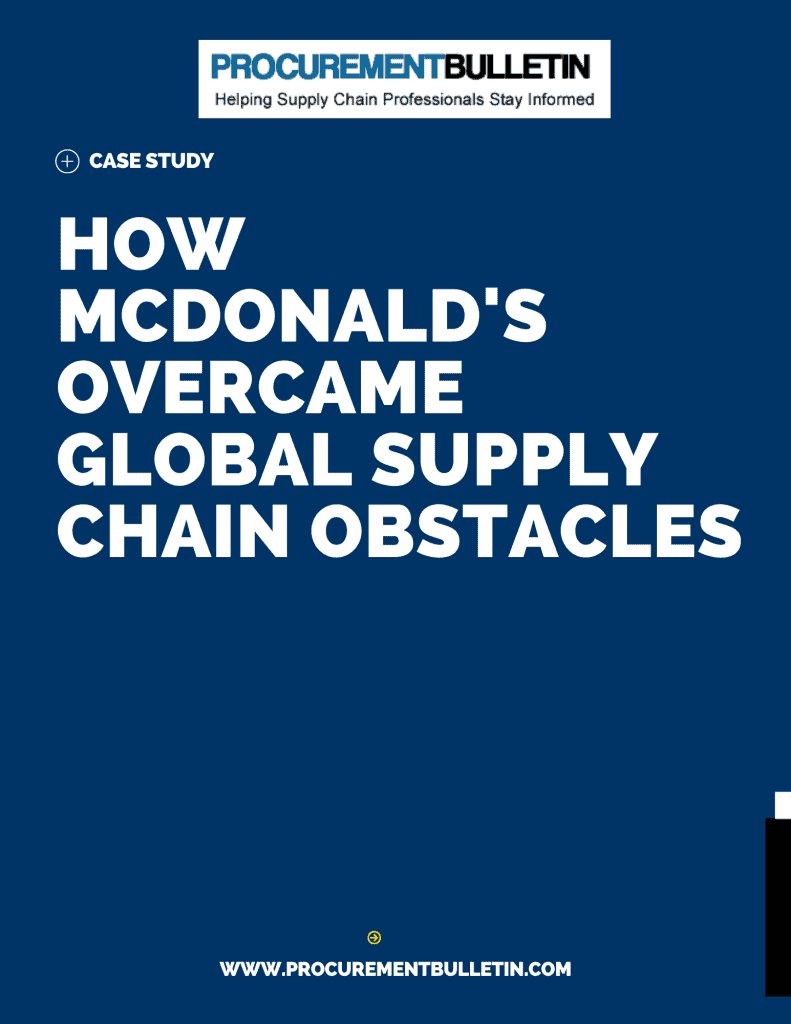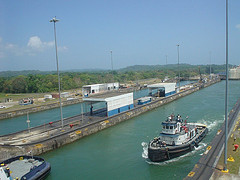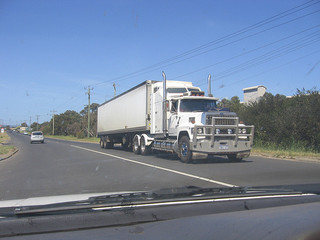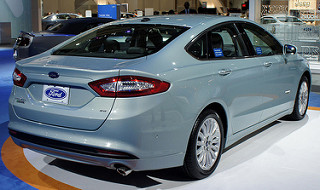Albertsons-Safeway Merger Causes 168 Store Closures

Albertsons and Safeway announced their $9.2 billion merger at the beginning of last year, but it took nearly a year to gain approval from The Federal Trade Commission (FTC). The FTC finally approved the merger after these supermarket chains agreed to close 168 stores in eight states to avoid monopolies in those markets. Albertsons and Safeway will also consolidate their supply chains and logistics to deliver goods more efficiently and cost effectively to their remaining stores.
This article is for Premium Members only. Please login below to read the rest of this article.
Not a Premium Member yet? Become one today.
[login_form redirect=’https://www.procurementbulletin.com/albertsons-safeway-merger-causes-168-store-closures’]
[show_to accesslevel=’Premium Members’]
FTC Chairwoman Edith Ramirez told Reuters, “This settlement will ensure that consumers in those communities continue to benefit from competition among their local supermarkets.” Without the closure of these 168 stores, communities would most likely see higher prices and lower quality. This is something that the FTC wanted to avoid.
Albertsons has 630 grocery stores, under various names, and Safeway has 1,332 stores in 34 U.S. states, but predominantly in the west. The store closures will happen in Nevada, Montana, Oregon, Wyoming, Arizona, California, Washington, and Texas. The stores that are closing will be sold to Haggen Holdings, LLC, Associated Wholesale Grocers, Inc., Associated Food Stores Inc., and Supervalu Inc.
When the merger is complete, Safeway will be delisted from the New York Stock Exchange and shareholders will receive $34.92 per share in cash. The merger will create a network of 27 distribution facilities, 19 manufacturing plants, and 250,000 employees will remain.
Albertsons CEO Bob Miller commented, “This is a transformative day for both Albertsons and Safeway. This merger creates a unified, strong organization that is dedicated to bringing a better shopping experience to more customers across the country… Our combined geographic footprint, vast range of brands and products, and service-oriented staff will enable us to meet evolving shopping preferences.” The merger is a smart move for both companies who can streamline their logistics and supply chain to maximize profits and customer satisfaction. [/show_to]








